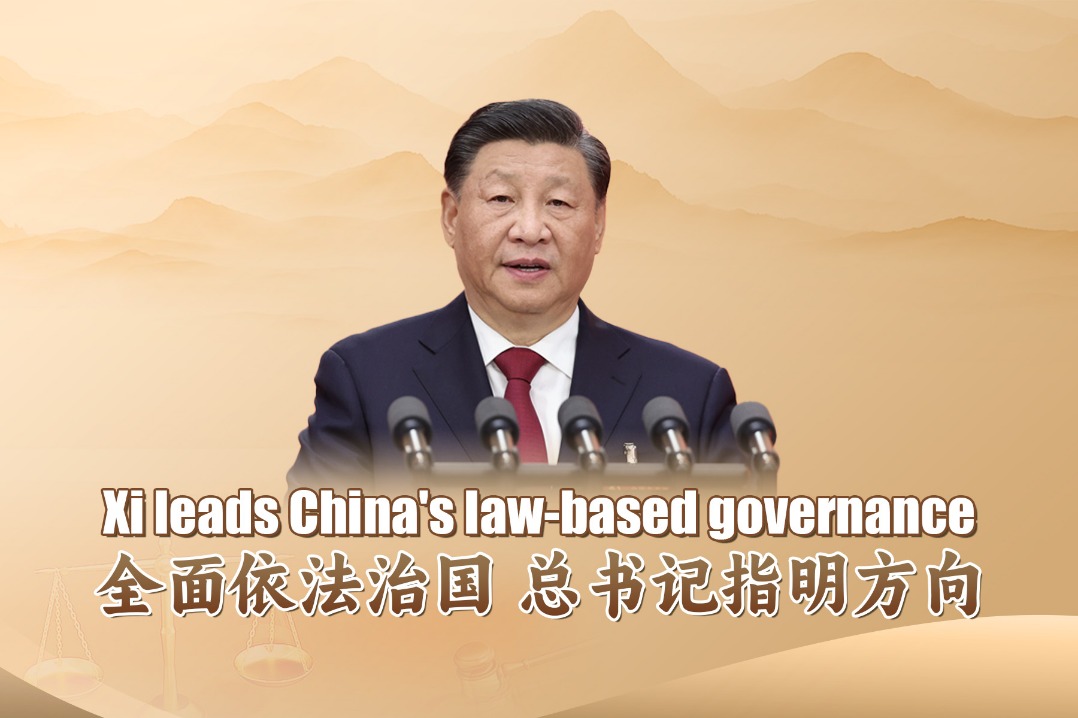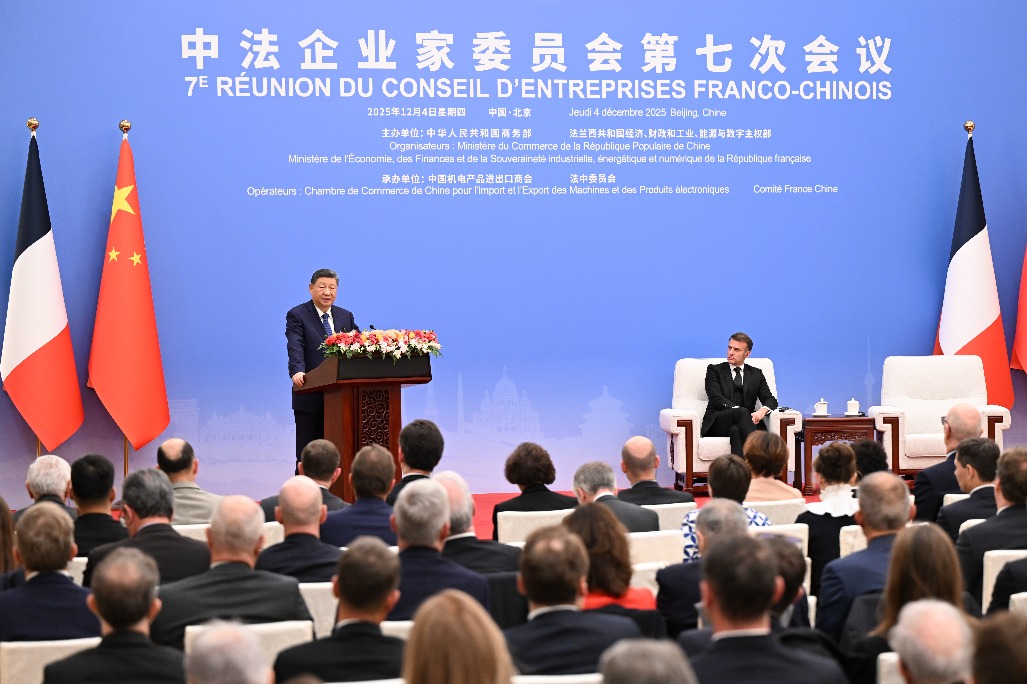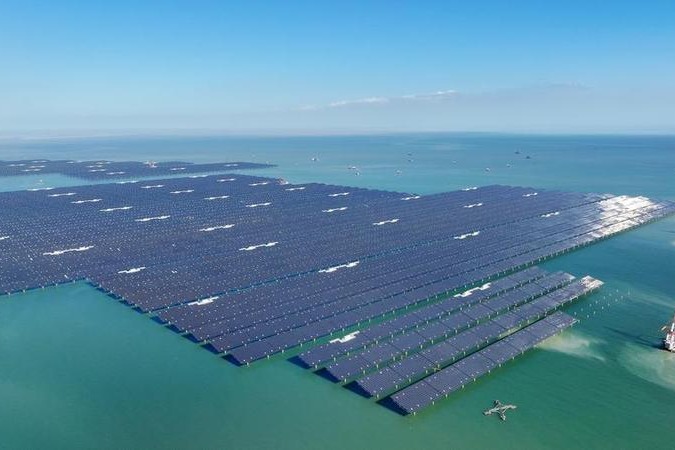Nuclear engineer powers nation's growth with wholehearted contribution to Hualong One

Xing Ji, chief designer of the Hualong One technology of China National Nuclear Corp, has witnessed the country's shift from a novice to a pioneer in the nuclear power industry during the past few decades.
As chief engineer of China Nuclear Power Engineering Corp, a CNNC unit, Xing has participated in the construction of most large nuclear power plants in the country. He joined in developing from scratch China's Hualong One technology-a domestically developed third-generation reactor design with proprietary intellectual property-supporting China to rise among the global leaders in the production of nuclear power generation.
"When I started my career some 30 years ago, China relied heavily on imports for nuclear facilities, from major components to accessories like a small screw," Xing said. "No one would ever imagine that after some 30 years of learning and innovation, China is now ranking among the top in the global nuclear power industry, mastering the technologies gained through independent research and development, and self-made equipment for nuclear power plants."
Born in Nanchong, Sichuan province, Xing was obsessed with military engineering and weaponry when he was little.
At the age of 21, Xing graduated from Harbin Shipbuilding Engineering Institute in 1987. He then joined China's nuclear power industry in its infancy. At that time, he was assigned to assist in building the Daya Bay nuclear power plant, the first ever large-scale commercial nuclear power plant in China-a big success achieved thanks to reform and opening-up. The plant was put into commercial operation in 1994.
As an on-site design engineer, Xing's main job was to assist foreign experts with constructing the nuclear plant, which was among the most advanced nuclear power plants worldwide at that time.
"I was shocked when seeing the construction of such a massive nuclear power plant, not only the scale of it, but also the fact that China had to import not only technologies but also materials for construction, including concrete and screws," he said.
"At that stage, we were more like learning from nuclear pioneers, as Daya Bay is the very first large-scale nuclear power plant in China supported by foreign technology and capital, and absorbed knowledge and experience from developed countries."
Not satisfied with the situation then, Xing, together with his team, made up their minds to make breakthroughs.
"We always believed that we can come up with a domestically developed reactor design with intellectual property rights. That had become our mission at that time," he said.
Xing and his team have since then been ramping up efforts on China's independent nuclear power technology and promoting the transformation from experimental facilities to industrial-scale demonstration reactors. The achievements garnered by years of R&D helped China master its own technology, and created a comprehensive chain from basic scientific research to equipment manufacture.
After completion of the Daya Bay nuclear power plant, China started construction of the second largest commercial nuclear power plant in Shenzhen, Guangdong province, the Ling'ao nuclear power plant. It implemented designs and construction similar to those of the Daya Bay plant, which was based on a French pressurized water reactor technology. But Ling'ao had its civil design implemented by China for the first time.
The Ling'ao phase two nuclear power plant, where Xing served as the chief designer, is the first 1,000-megawatt nuclear power plant domestically designed by China, as well as the third commercial nuclear power plant in Guangdong.
Unlike the former two plants, Ling'ao phase two sees Chinese companies taking a major role in its construction, as China was at that time planning to boost nuclear power development to meet the country's surging demand for electricity, especially for the regions at the front of opening-up.
The plant, which included more local participation than its predecessor in Daya Bay, saw its first unit connect to the grid in 2008-another milestone for China's nuclear power development.
However, things did not always go as planned. After the Fukushima nuclear accident in 2011 in Japan, China had, like many other countries, suspended the approval of nuclear power projects for some time.
"However, a 'pause button' does not mean a suspension of nuclear power development in China, but a higher standard for nuclear power technologies," Xing said.
Xing and his team then started the independent development of China's third-generation nuclear power brand ACP1000, which finally led to today's Hualong One technology that meets much higher safety standards and can resist potential hazards including earthquakes, typhoons and an airplane crash.
From CNP1000 to CP1000, and ACP1000 to Hualong One, Xing and his teams have conquered numerous challenges, breaking through bottlenecks and consistently improving the safety level and economic efficiency of China's domestically developed reactor design during the past few decades.
CNNC began construction of Hualong-One demonstration projects at its Fuqing site in Fujian province in May 2015 and its two units in December the same year. Fuel loading has started at the second unit using Hualong One technology in November after the first unit entered commercial operation and started generating electricity for sale in late January. The first unit has generated more than 7 billion kilowatt-hours of electricity as of November, CNNC said.
Xing has also been actively calling for the mass production of Hualong One reactors, saying that the safe, technically mature and economically competitive technology is key to reducing air pollution caused by coal-fired power generation and can help the nation meet its carbon goals.
Now that nuclear technologies have been widely used in many fields, Xing said he is expecting China's nuclear technology to be applied in more places globally. China is willing to provide the solution to the global community with Hualong One technology, including the main equipment, personnel training and experiences to boost global ties.
Xing said China's transformation in the nuclear power industry after some 30 years of learning and innovation is full of challenges and risks. It requires the ability to analyze problems, the courage to explore uncharted territory, and resilience in the face of failure.
"China, once a novice that intended to build nuclear power plants based on imported technologies, is beefing up its independent research and development in the field. And its own designs are just as viable and competitive with regard to safety and cost, which are based on consistent research over the past few decades," said Xing.
"We are very proud to be where we are today."
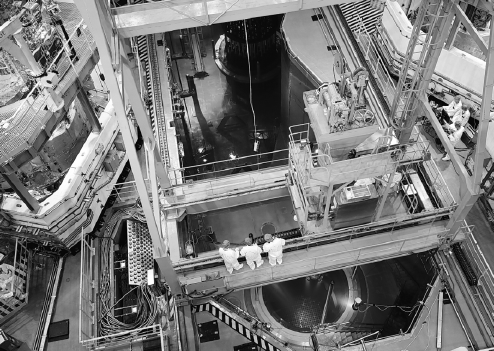
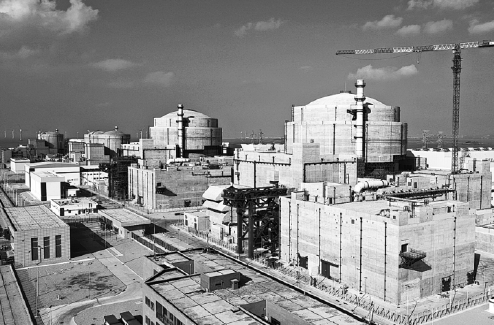

Today's Top News
- Tokyo urged to specify its past commitments
- Cooperation conducive to steadying progress in China-France partnership: China Daily editorial
- Shenzhou XXI crew set for first extravehicular activities
- Xi, Macron attend China-France Business Council meeting
- China expected to prioritize boosting consumption and domestic demand in 2026, expert says
- Xi, Macron jointly meet press

















